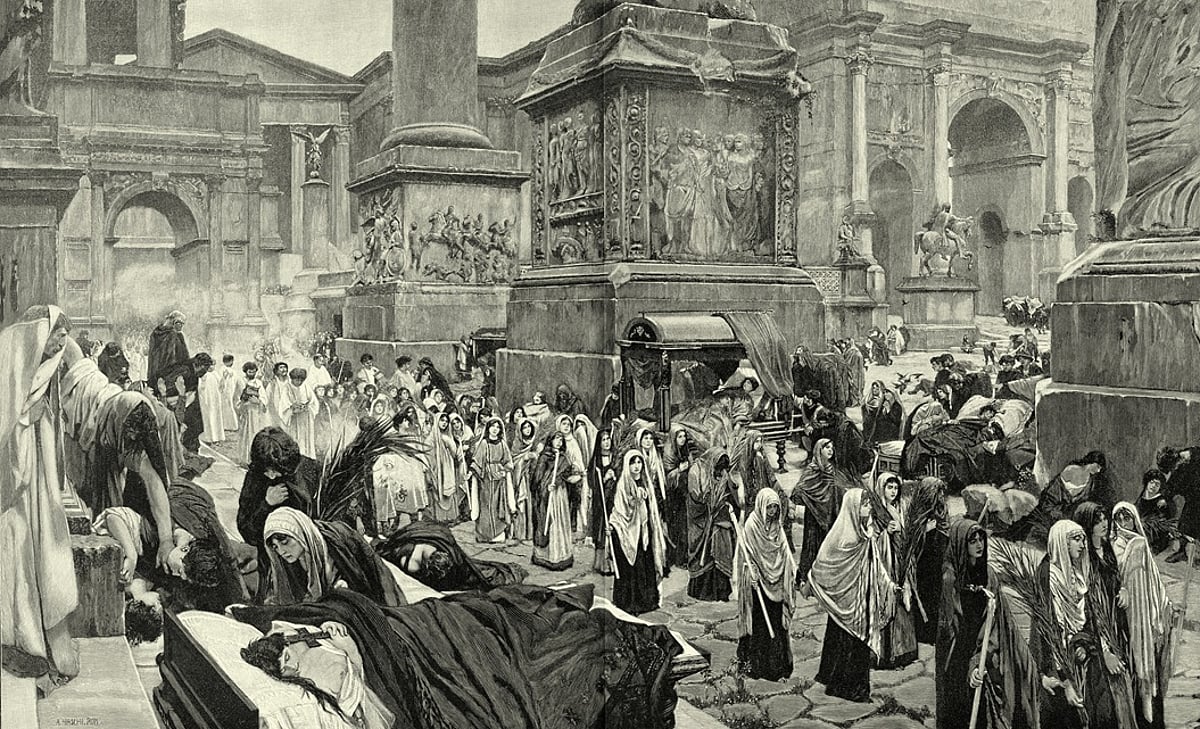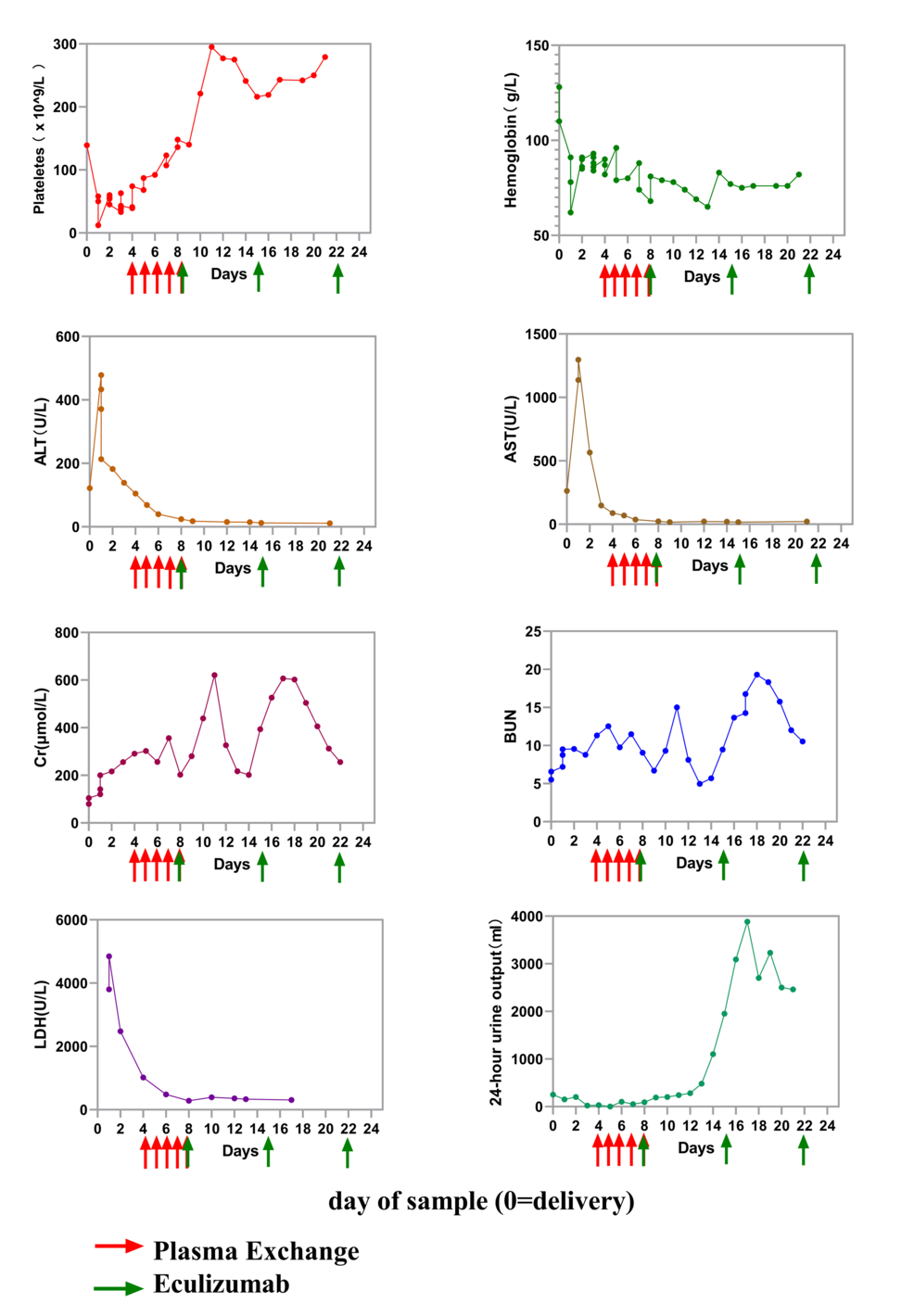The Resurgence of Measles: Understanding the Causes and Preventative Measures

Measles, a disease that was once thought to have been eradicated in the United States in the year 2000, is making a startling return in 2025. This year alone, there have been over 1,100 reported cases nationwide, marking the highest incidence in almost three decades. The outbreak originated in West Texas, but it has quickly spread to at least 17 states, including populous regions like California, Oklahoma, and New Mexico. So, what is driving this unexpected resurgence of a previously controlled disease?
According to the Centers for Disease Control and Prevention (CDC), vaccination rates among kindergartners have fallen significantly, with fewer than 95% of children fully vaccinated during the 2022-2023 school year. This 95% threshold is critical; it represents the herd immunity level necessary to prevent the virus from circulating effectively within schools and communities. Alarmingly, approximately a quarter of a million children each year remain unprotected, which contributes substantially to the outbreak.
The situation is compounded by the fact that several states have recently relaxed their vaccination laws, allowing for exemptions based on religious or personal beliefs. For instance, Mississippi, which used to boast high vaccination coverage, has now permitted religious exemptions, resulting in a significant decline in immunization rates. More loopholes in vaccination requirements translate to a larger number of unprotected children.
Currently, the most significant outbreak hotspot is Gaines County in West Texas, particularly among Mennonite families, where nearly 14% of children did not receive the required vaccinations during the previous school year. This area has become the epicenter of the epidemic, but other communities with low vaccination rates are equally susceptible to outbreaks.
Furthermore, measles does not require a passport to spread. Travelers returning from countries where the virus is still active are unknowingly reintroducing it into the United States. In fact, several recent cases in Texas and New Mexico have been traced directly to international travel.
It is essential to emphasize that vaccination is highly effective. The MMR vaccine, which protects against measles, mumps, and rubella, provides up to 97% protection after receiving two doses. The vaccine trains the immune system to combat the actual virus without causing the disease itself. When a high percentage of the population is vaccinated, the virus has limited opportunities to spread, thereby creating herd immunity. This immunity is critical for safeguarding those who cannot receive vaccinations, such as infants, the elderly, or individuals with specific health conditions.
In Texas, the ongoing outbreak has prompted an encouraging response: vaccination rates in severely affected areas like Gaines County have increased by 10%. However, some families continue to resist vaccination, opting instead for alternative remedies that lack efficacy in preventing measles.
Initially, measles symptoms can mimic those of a severe cold. Individuals typically experience extreme fatigue, a high fever (101°F or above), a dry cough, and intensely watery red eyes that are sensitive to light. Other common symptoms include a runny nose and sneezing, making it easy to confuse measles with the flu.
What follows are critical warning signs: small white spots in the mouth, known as Koplik spots, which resemble grains of salt on a red background. This is one of the primary symptoms that healthcare professionals look for. The classic measles rash usually appears next, starting at the hairline or behind the ears before spreading down the body. This rash is flat, blotchy, and can sometimes merge into larger patches. The rash typically lasts for about a week, often persisting while the fever remains high.
If you or your child exhibit a rash along with a fever—especially if those distinct mouth spots or flu-like symptoms are present—seek medical attention immediately. Measles is highly contagious and can lead to severe complications, particularly for children and individuals with weakened immune systems.
Despite its historical context as a long-gone disease, measles clearly remains a pressing public health concern. The best way to ensure it remains in the past is through vaccination. By protecting yourself, your family, and your community, you help eliminate the virus's ability to spread.




























